The Port of Thessaloniki, with a history of 2.300, years is one of the five Greek ports belonging to the Central Network of the Trans-European Transport Networks and a designated Port of International Interest (Government Gazette B’/202/16.2.07)
The Port: History
The Ancient Macedonian Port
The city and the Port of Thessaloniki were established at about 316-315 B.C. by King Cassander of Macedonia, a prominent general of Philip II and Alexander the Great. The city was given the name of Cassander’s wife and sister of Alexander the Great. The relocation of the Macedonian Empire’s main port from the lagoon of Pella to Thessaloniki took place to facilitate the rising import and export needs of the Macedonians, with the Port of Thessaloniki becoming a significant naval center throughout the period of the Macedonian Empire. The military port was in the western part of the city, a few meters to the East of the point where the port of Constantine the Great was later constructed. The commercial port was covering the area that is currently located between Nikis Avenue, Dimitriou Gounari Str., Pavlos Melas Str. and Nikiforos Fokas Str.
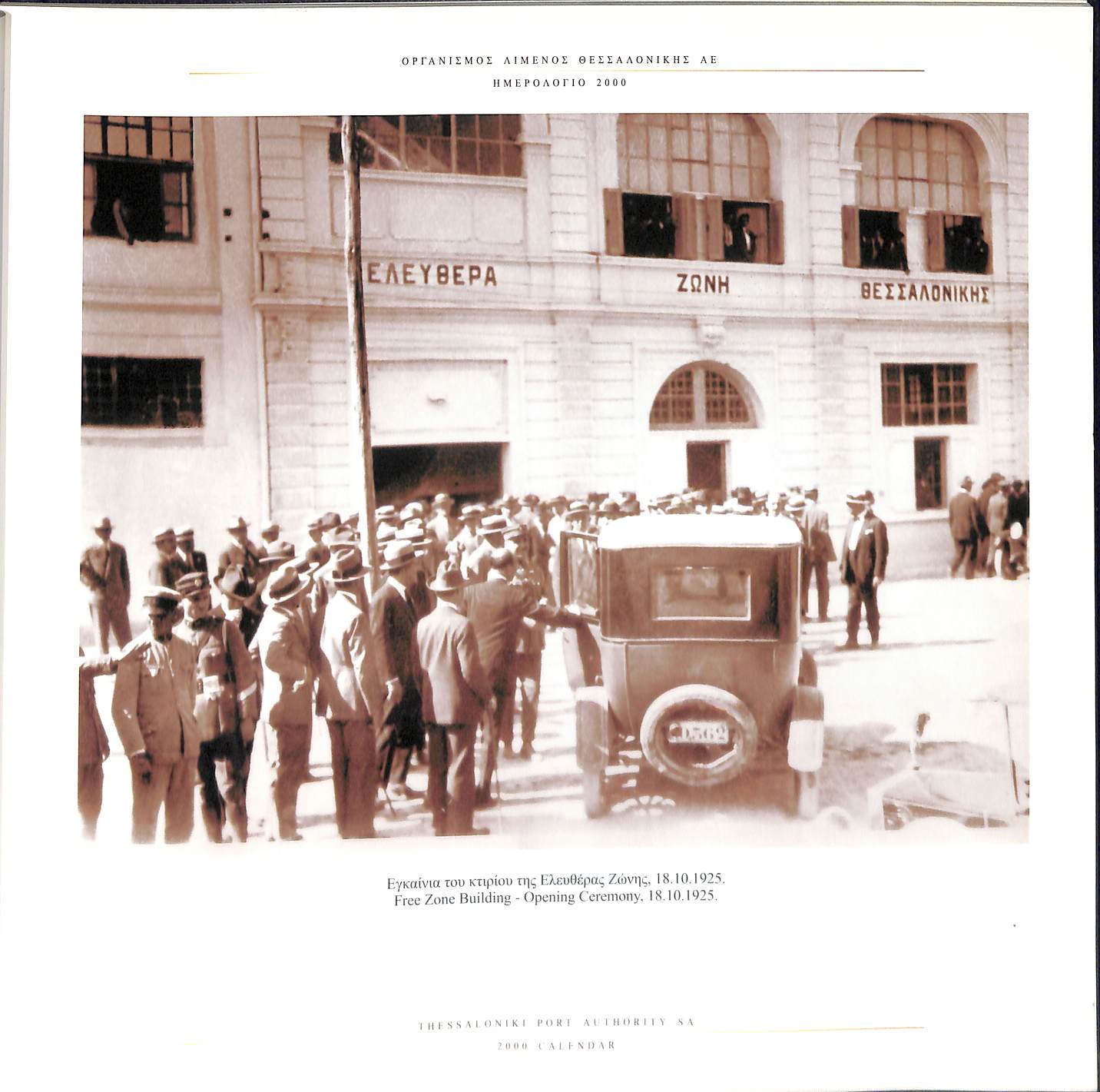
Roman Period
During the period of the Roman Empire, Thessaloniki became the capital of the Roman province of Macedonia. Via Egnatia, which started from Thessaloniki, was developed from 146 B.C. to 120 B.C., connecting the broader region from Dyrrachium to Byzantium and passing through Thessaloniki and its branches to the North (Nis) and to the South (Athens), gave the Port an easy access to a major hinterland. Its strategic position and connections made the Port of Thessaloniki one of the most significant in the Roman Empire. Thessaloniki “flourished” once again, when it was appointed the headquarters of the section of the Tetrarchy that included the Balkan Peninsula and specifically of Tetrarch of Galerius Valerius Maximianus. The Roman port was located on the same axis as Galerius’s palace complex, in the beachfront, and served the needs of the imperial complex.
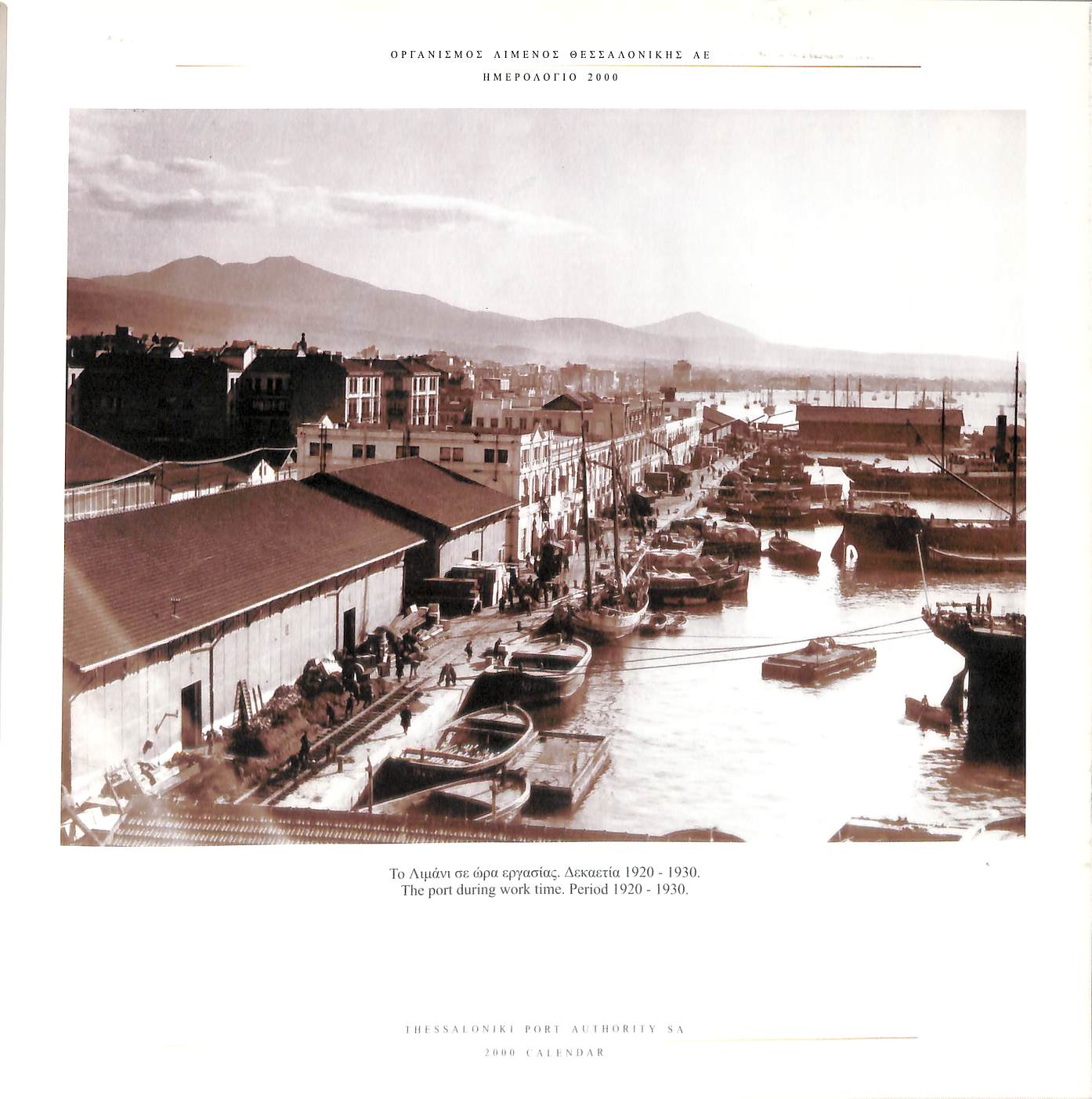
Byzantine Period
In the Byzantine period, the Port of Thessaloniki experienced a new era of prosperity, as emperor Constantine the Great, between 306 and 337 A.D., developed a new square-shaped port outside the walls of the city, to the west. The port could accommodate 200 warships and 2,000 cargo ships, securing the protection and the maintenance of its fleet or even the building of new ships. Thanks to its facilities and the road connections of Thessaloniki, it became the main port of the broader region and simultaneously the obvious choice for servicing import, export and transit trade during the Byzantine years. The old Roman commercial port in the East, evolved into port facilities serving the needs of the Church. However, at a later stage and following the redevelopment of the seafront fortification, this port was abolished and excavated. Essentially, throughout the Byzantine period, Thessaloniki had an internal port and an external one, which covered the whole beachfront area up to the Karabournaki area.
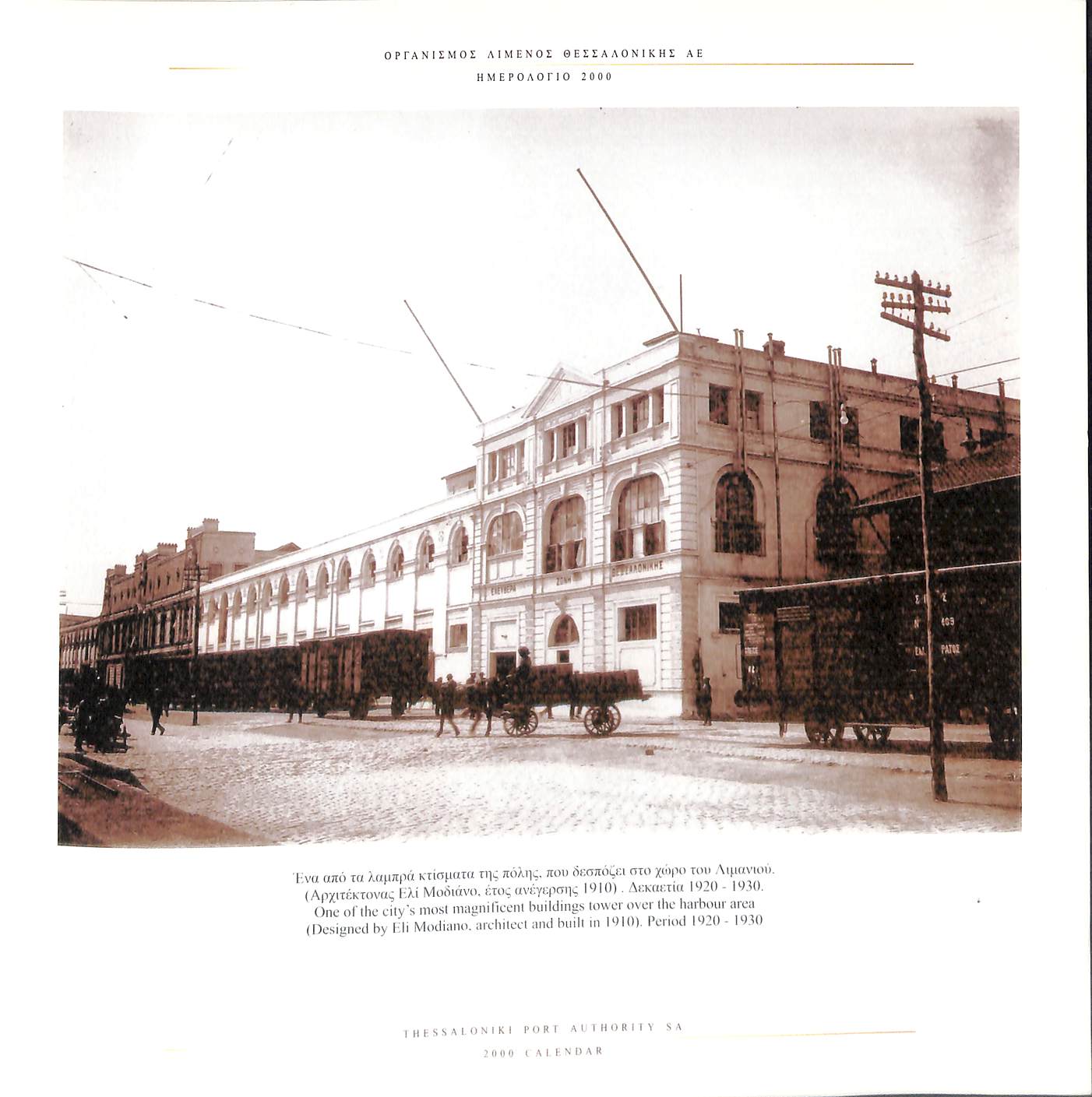
Ottoman Period
The seizure of Thessaloniki by Sultan Murat II in 1430 was the beginning of the city’s gradual desolation over the following decades. Both Thessaloniki and its port “came to life” again after being settled by Greeks, Turks and Israelites (initially Ashkenazim in 1470 coming from Germany and Hungary and then Sephardim in 1492 from Spain). The Jews, who had a strong commercial tradition and relations with Jewish houses across Europe, contributed decisively to the development of port traffic, importing and exporting activities.
The Port of Thessaloniki was connected by regular sea routes with all the major ports of the Mediterranean and successfully served the needs of its major hinterland, finding again its place among the top ports of the East. In 1869, the beach wall of the city was demolished and the quay of what is known today as the old beach was built in 1876. Loading and unloading activities extended from the area where pier No1 is based today to the White Tower. In 1871, the Thessaloniki – Skopje railway line was constructed, which in 1888 was connected to Belgrade, thus linking Thessaloniki to the European railway network.
In 1893 and 1895, the Thessaloniki – Amyndeon – Florina and the Thessaloniki-Alexandroupolis – Constantinople railway lines were developed respectively. In July 1896 a contract was signed between the Ottoman State and the French engineer Edmont Bartissol for the construction of new port facilities. A year later, in 1897, Bartissol founded the “Société de Construction Ottomane du Port de Thessalonique” (Anonymous Ottoman Construction Company of the Port of Thessaloniki) which undertook the implementation of the projects. In 1900, port works began. In 1902, the construction of two piers, a small one near the White Tower and a larger one, today’s pier No 1, as well as part of the current breakwater were completed.
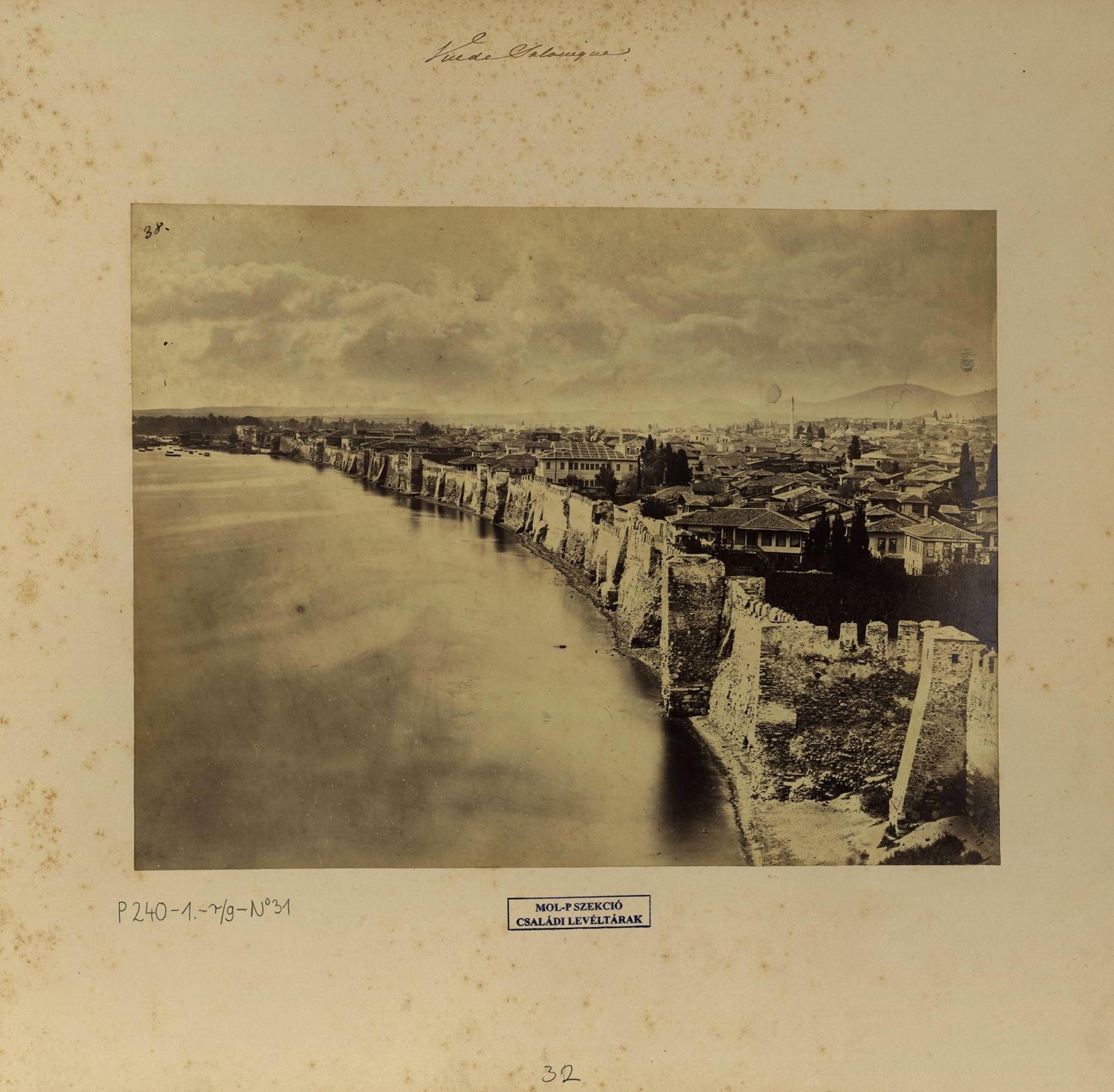
The Modern Period
In December 1904, the Ottoman State and the French Company signed a new agreement for the development and the exploitation of new works in the Port of Thessaloniki. The exploitation rights were conceded until 1944. In 1905 the French Company renamed “Société ottomane d’exploitation du port de Salonique”. Τhe platform between pier No 1 and pier No 2, the eastern platform of pier No 2, the railway network, water supply networks, gas and sewerage networks, as well as storage facilities in pier No 1, were constructed. Additionally, the first cranes for unloading activities were bought.
By 1912, the development of the Customs Mansion (nowadays known as the Passenger Terminal) was completed. This building was designed by Levantine architect Alexandre Vallaury and built by architect Eli Modiano. On 26 October 1912, Thessaloniki and its port were liberated by the Greek Army. Following the end of the Balkan Wars (1913) and the demarcation of the Balkan states’ borders, the Port of Thessaloniki, which served a large area of the Balkan peninsula till then, was forced to limit its hinterland to the Greek dominion (i.e., up to about 80 km north of Thessaloniki). In January 1930, the rights of the “Société franco-hellènes d’économie du port de Salonika” (Franco-Hellenic Company for the Exploitation of the Port of Thessaloniki), as it was renamed in 1928, were conceded to the “Port Fund of Thessaloniki”, which was established during the same month. The new organization undertook the exploitation of the customs’ port (pier No 1 and Customs Mansion) and the French Company left the Port of Thessaloniki.
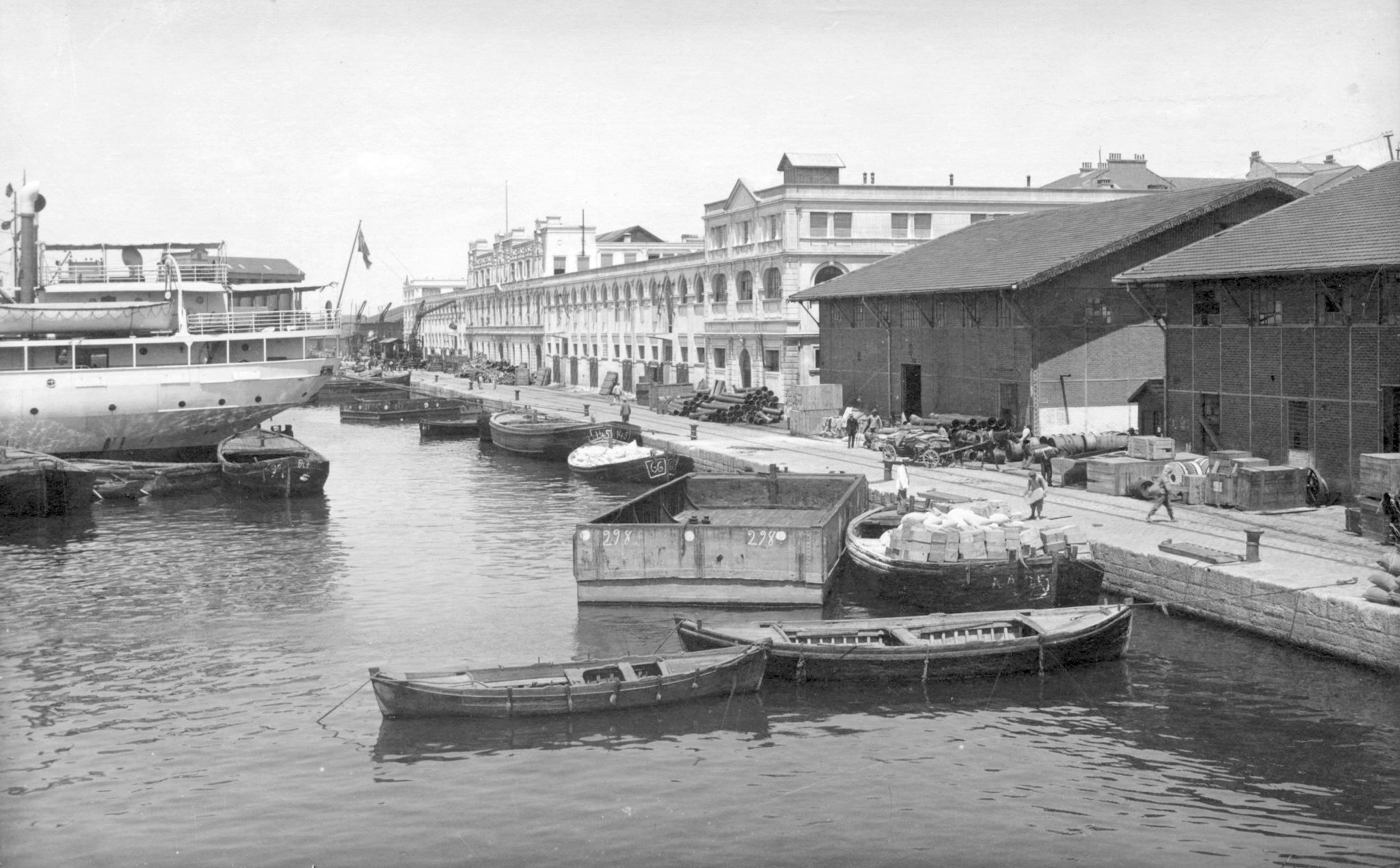
To restore the port’s pivotal role in the Balkans, in 1914 the Greek Government passed the founding law of the Free Zone of Thessaloniki (FZT). Yet, the outbreak of World War I did not allow its operation. In March 1923, following a new legislative decree, the Commission of FZT was established and the operations of the new organization began in October 1925. The FZT area covered the largest part of the port and it was separated from the rest of the “Free Port” with a surrounding wall, which occupied pier No 1. In the FZT area, all goods were moving without supervision by customs and were exempted from import duties and other taxes, with the exception of storage, loading and unloading rights. In January 1930, the “Port Fund of Thessaloniki” was established, with its purpose including – among other things – the development of new port works, which began in 1937 but weren’t completed due to the outbreak of World War II. In 1927 the “Commission for the Loading Regulation of the Thessaloniki Port” was established, which took over the management of the port dockers. In 1928 “Poseidon S.A.” Port Transport of Thessaloniki was founded, which took over the loading and unloading via barges until 1970.
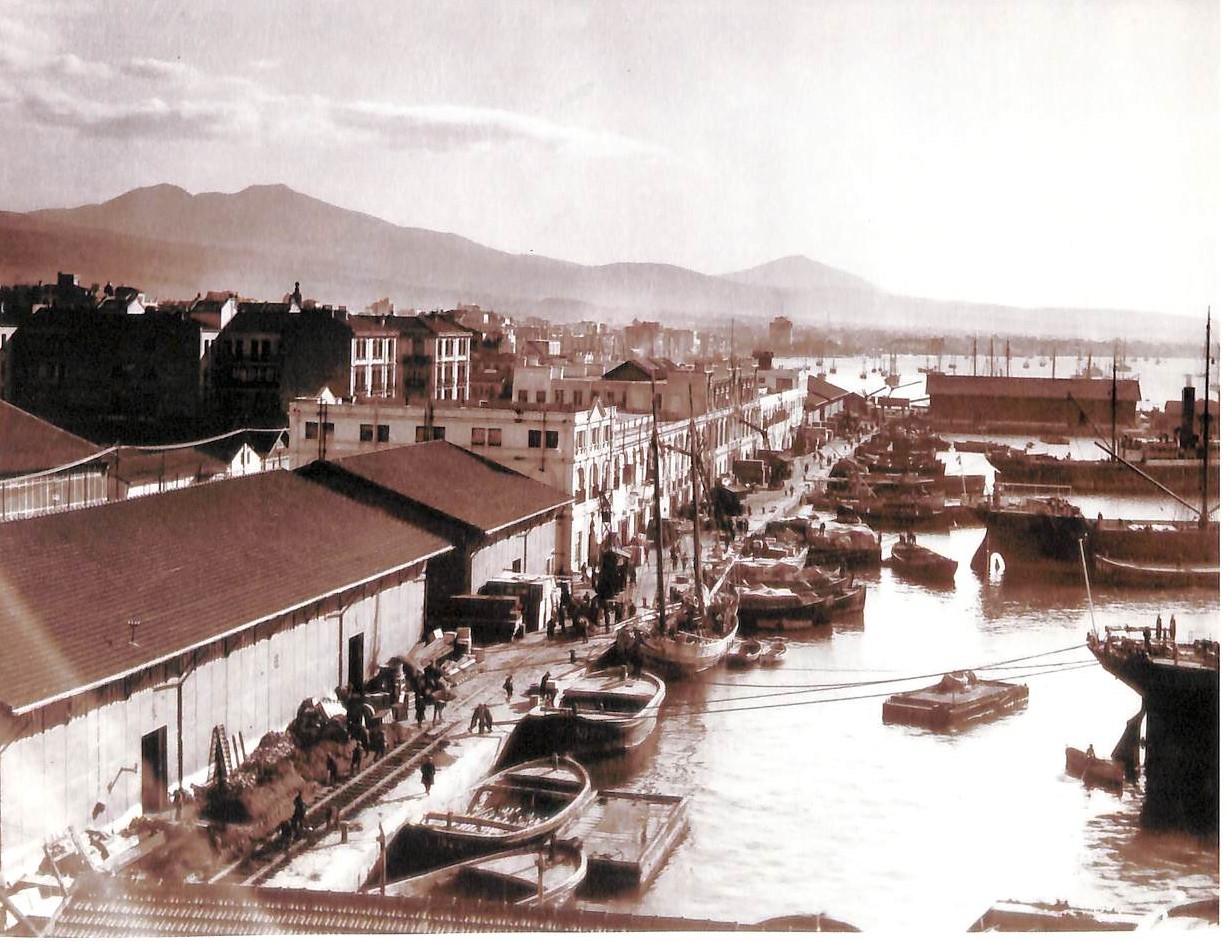
In May 1923, an agreement was signed in Belgrade between Greece and the Kingdom of Serbs, Croats and Slovenes, in order to implement the treaty of 1913 for the establishment of the Free Serbian Zone of Thessaloniki (FSZT). The Administration of the Serbian Zone was established in September 1923, while it was settled in Thessaloniki in 1924. On 10 March 1925, the Greek government proceeded with the concession of the area. The Yugoslav Free Zone (YFZ) of Thessaloniki ultimately started operating in July 1929. Specifically, it was created in a walled area of 94,000 square meters, which included pier No 2 and platform 9, in order to serve ships.
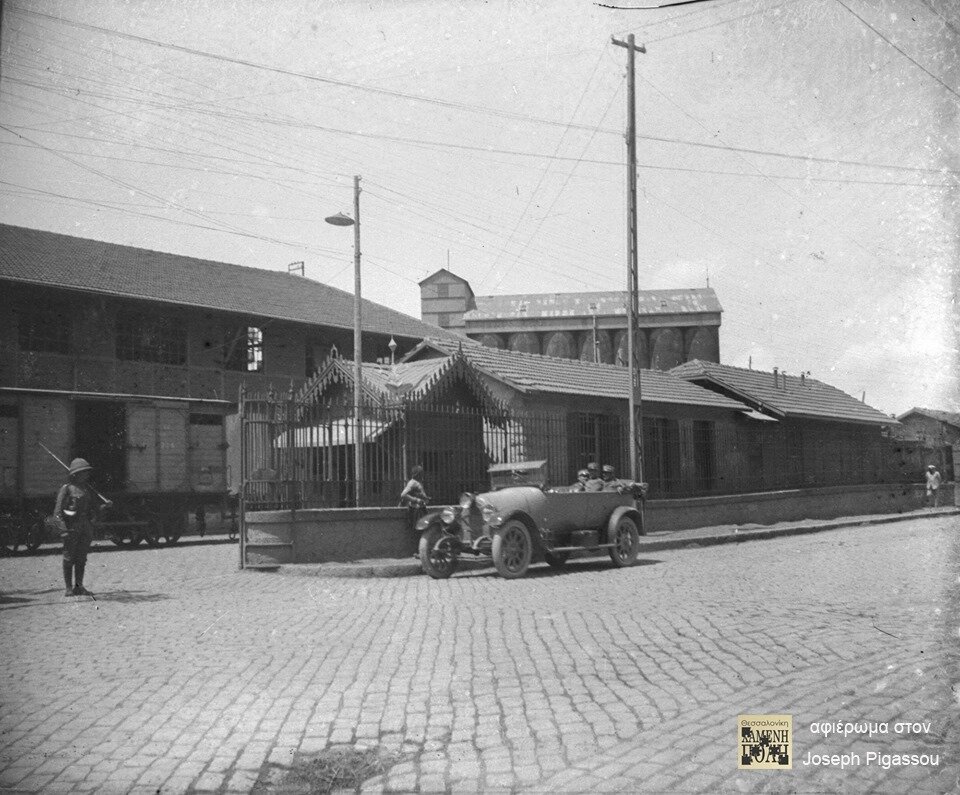
During World War II, the Port of Thessaloniki was occupied by the German army from 1941 to 1944. A great part of the port facilities was destroyed, as a result of bombarding by British and US forces while also the occupation forces blew up a number of facilities as they left the area. Right after the end of World War II, in 1946, the construction of pier No 3, which was then named “Lancashire pier”, was completed. The area of the Yugoslav Free Zone began renovations in May 1953 and the YFZ organization restarted operations in August 1954. In the next decades, the Customs Mansion, the storage facilities, the stables and the railway network were repaired, while new storage facilities were built in order to complement the existing infrastructures. The port was equipped with cranes, sea and land tugs, forklifts and a radio guidance system. Moreover, new refrigeration facilities, a new modern fish auction facility, and a large grain silo were built. In December 1953, the Free Zone of Thessaloniki and the Port Fund of Thessaloniki merged into the «Free Zone and Port of Thessaloniki»
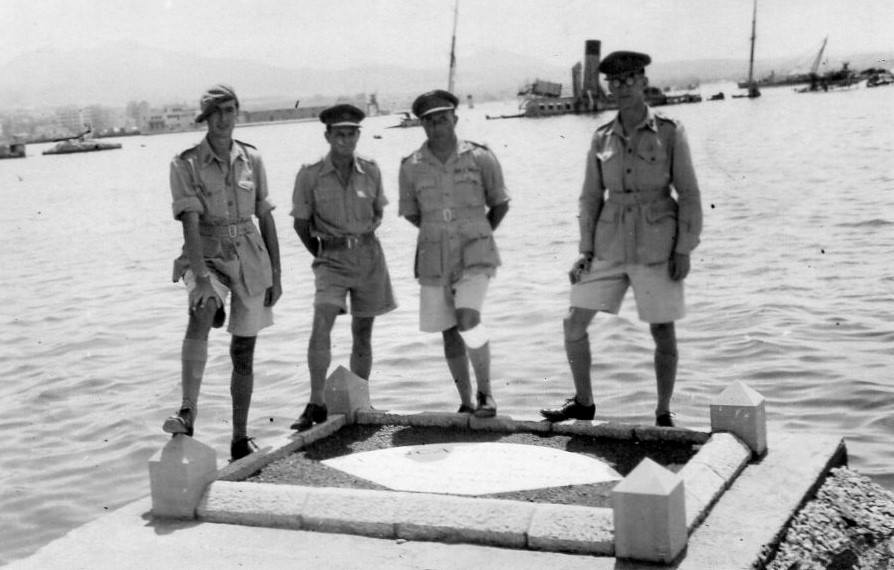
In 1962, pier No 4 (also known as “Beh Cinar”) was completed, while Pier No 5 was completed in 1965. In 1970 the Free Zone and Port of Thessaloniki was renamed to «Thessaloniki Port Authority». In 1972, the construction of Pier No 6 began, the largest part of which was completed until 1989, when the operation of the Container Terminal started. At the same time, works on the new beachfront avenue were continued and completed. The port reported a significant growth rate, in line with the relatively large growth of production, industrial and commercial activities of post-war Northern Greece. It also sustained its role as the second largest port in the country, while gradually enhancing its position as a major exporting port. Also, in February of 1975, the signing of a Bilateral Agreement ended the operation of the YFZ. Yet, Yugoslavian commodities would continue to be distributed freely for 20 more years, as a result of extensions to the existing agreement.
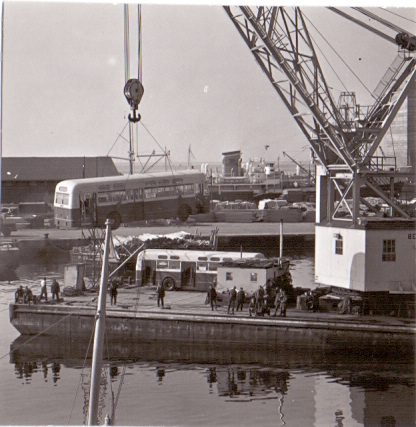
In the 1990s, the biggest part of the works related to the dredging, sludge removal and backfilling of the base of Pier No 6 was completed, enhancing the environmental footprint and significantly increasing the port’s storage capacity. Furthermore, the direct road connection of the port with Greece’s national motorway network was developed, through a detour of the city. The Container Terminal was equipped with two cranes and experienced rapid growth, while the conventional general and bulk cargo port remained the most important in the country.
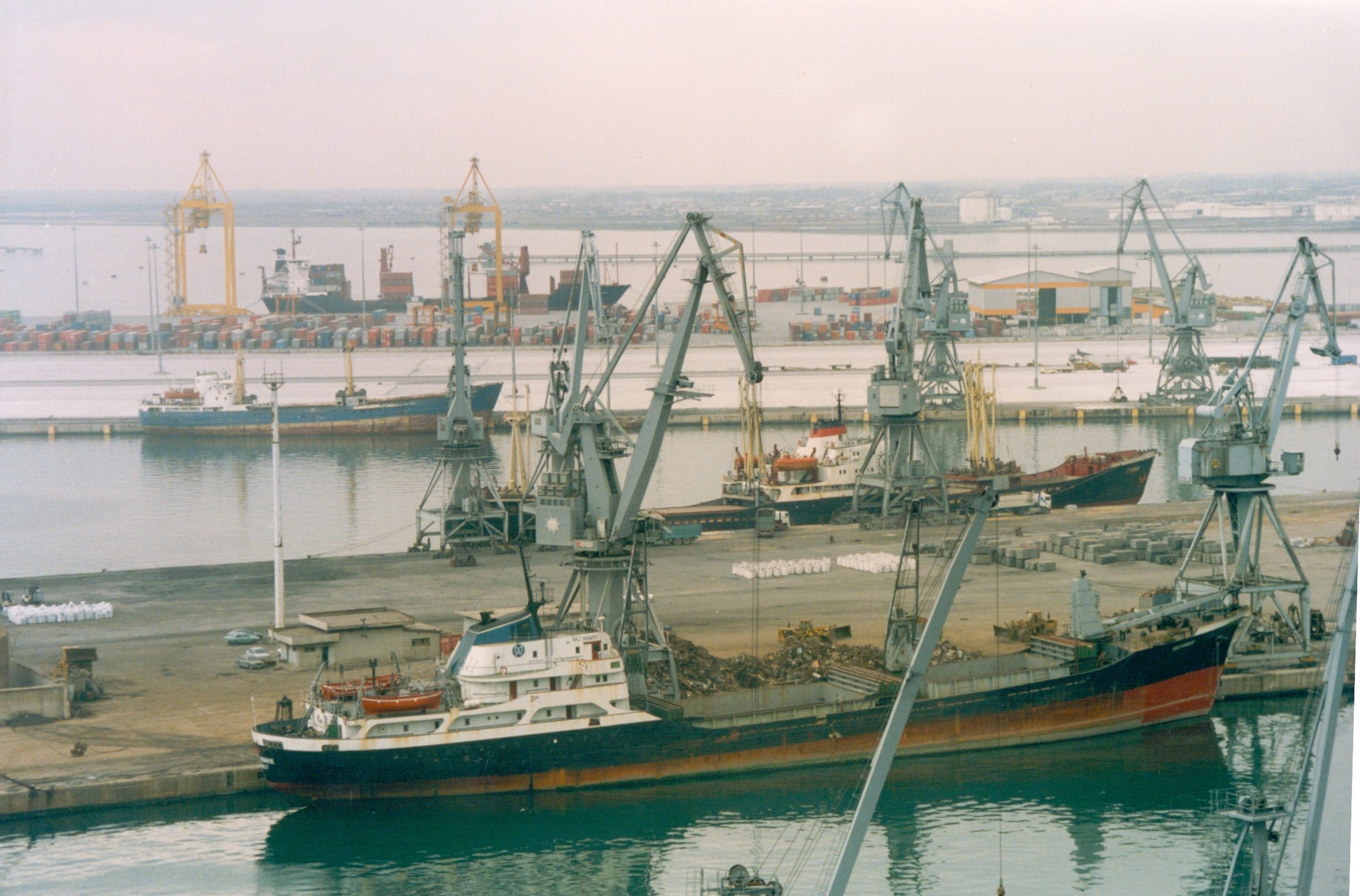
The restoration of Pier No 1 as a cultural venue, serving the needs of the European Capital of Culture, a role assumed by Thessaloniki at that time, was implemented.
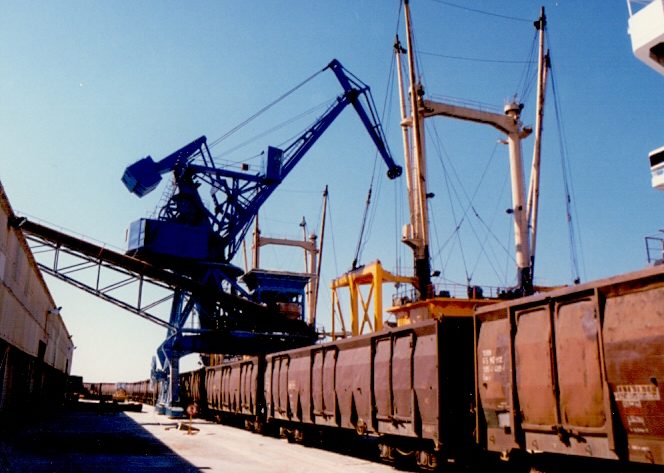
After its redevelopment, the Pier Νο 1 was handed over as a cultural space to the residents and visitors of the city with the prospect of becoming a multi-purpose entertainment and recreation area and to host museums and important events.
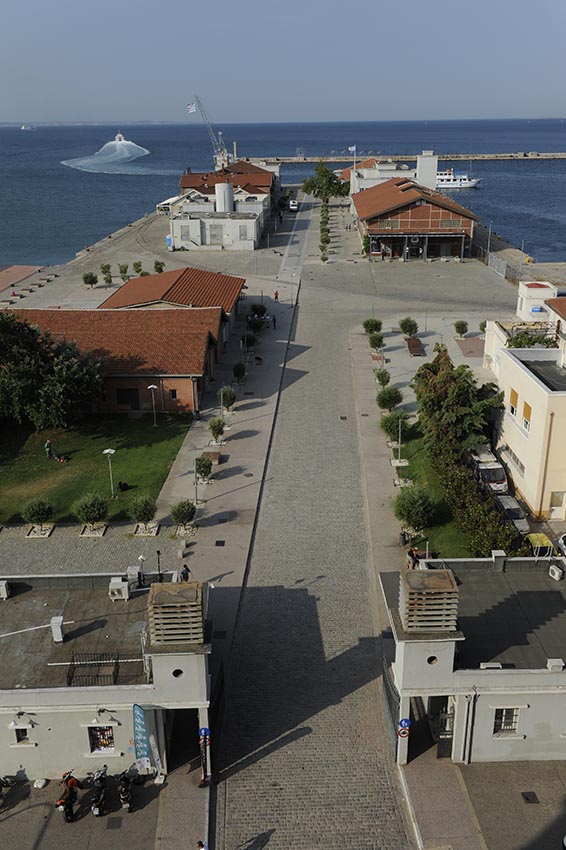
The Port of Thessaloniki became the first Greek port to participate in the Green Award network as an Incentive Provider, offering a 15% discount on port duties to all incoming vessels certified by Green Award. The Green Award Certificate is granted to ships and maritime companies that go the extra mile beyond the environmental terms and restrictions mandated by the law. In the same year, 12 new straddle carriers, with the ability to stack containers at three levels, were delivered. This was a significant technical capacity upgrade compared to the previous equipment.
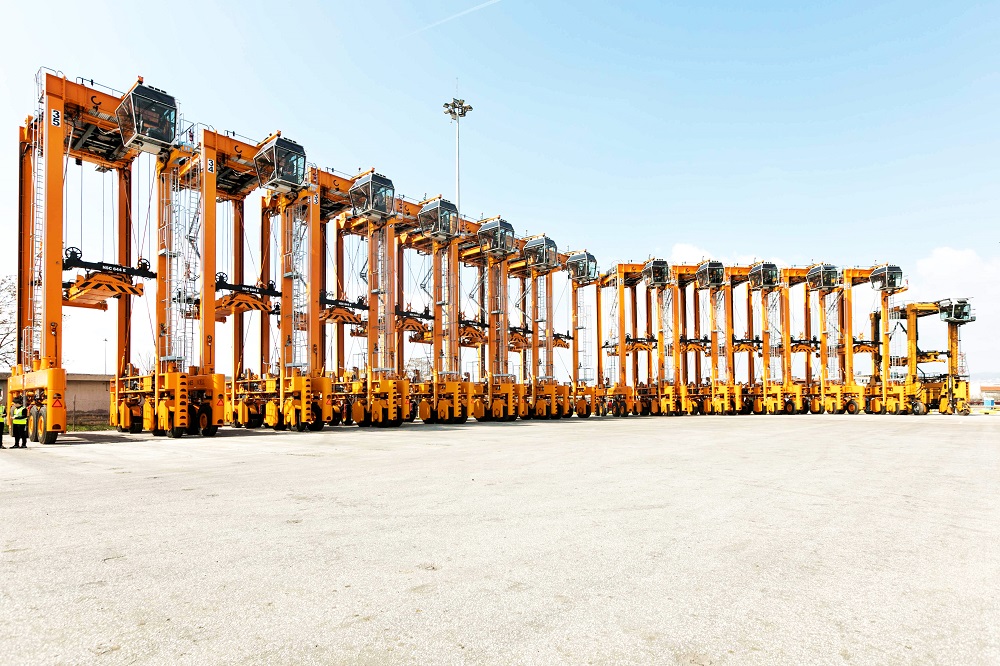
A new Mobile Harbor Crane was delivered and put in full operational readiness by the Port of Thessaloniki. In this same year ThPA S.A. established its first dry port in Sofia, Bulgaria, which significantly expanded the hinterland of the Port of Thessaloniki. Thanks to the direct railway connection between the two facilities in Thessaloniki and Sofia, the Port of Thessaloniki has entered a new era of intermodal transport.
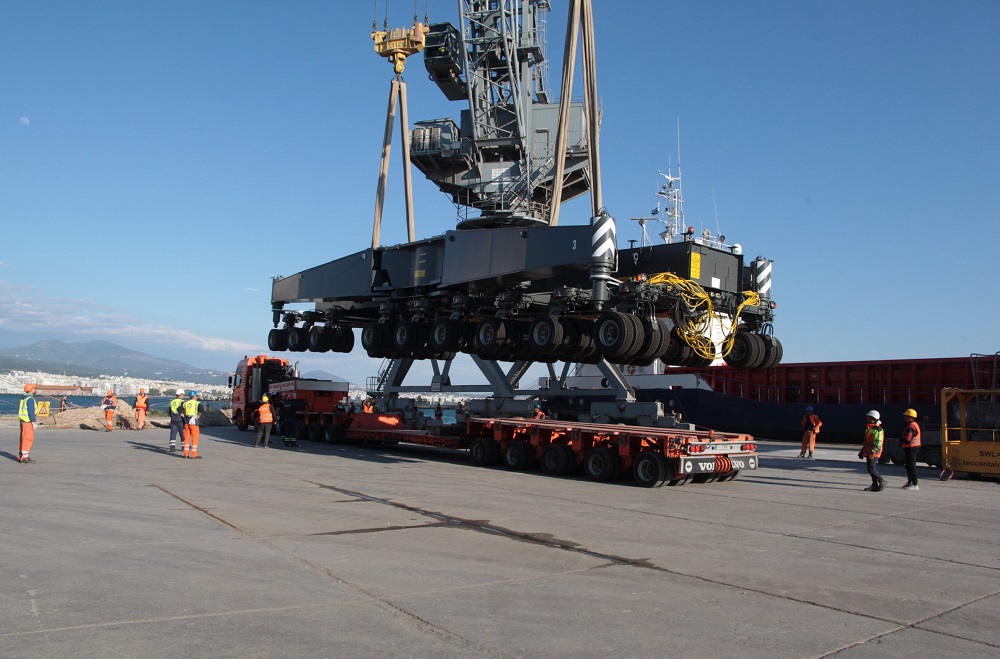
By decision of the A’ Customs Office of Thessaloniki, issued on April 1st, 2021, based on the Government Gazette Issue 924/Β/09-03-2021, the Free Zone of the Port of Thessaloniki was expanded by 35,000 m2. The expansion towards the eastern side of the port was added to the existing area of 1,003,000 m2, creating a single, walled, secured, and operational Free Zone of 1,038,000 m2 for the Port of Thessaloniki. Additionally, the submission of binding financial and technical offers for the project “Expansion of the Marine Works Infrastructure of Pier 6” and the supply of two New Panamax Ship-to-Shore cranes were completed. The Port of Thessaloniki also became the first Greek port that was certified with ISO 45001:2018 on Occupational Health and Safety.
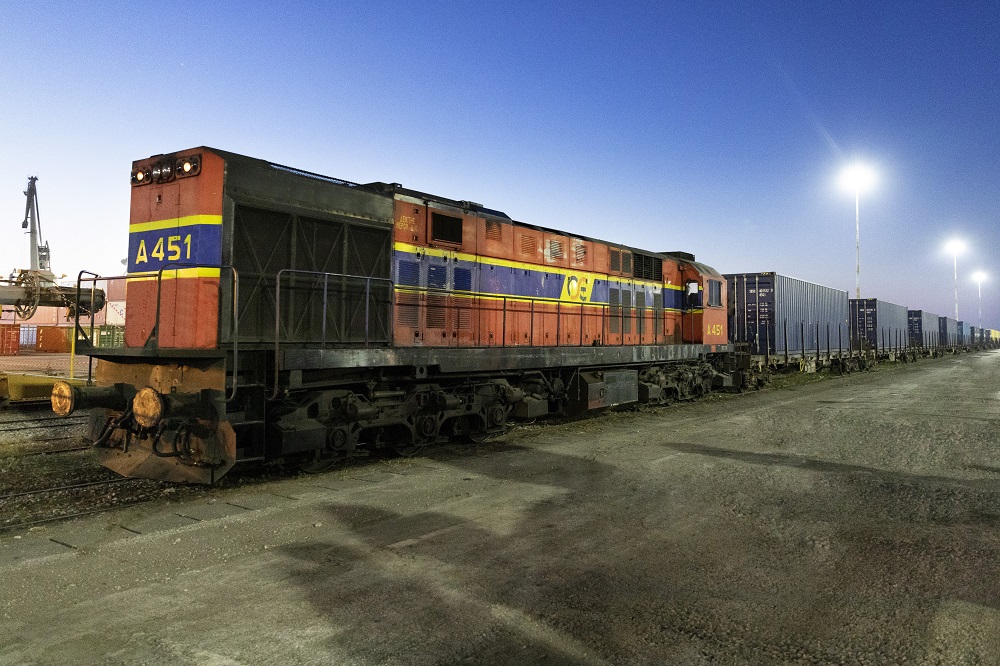
In 2022, a new Terminal Operating System (TOS) and a new Track Appointment System (TAS) were installed at the port, significantly improving the efficiency of the Container Terminal. In addition, two New Panamax Ship-to-Shore Cranes were delivered, leading to a significant increase of the Container Terminal’s operating capacity and an important improvement of the port’s competitiveness.
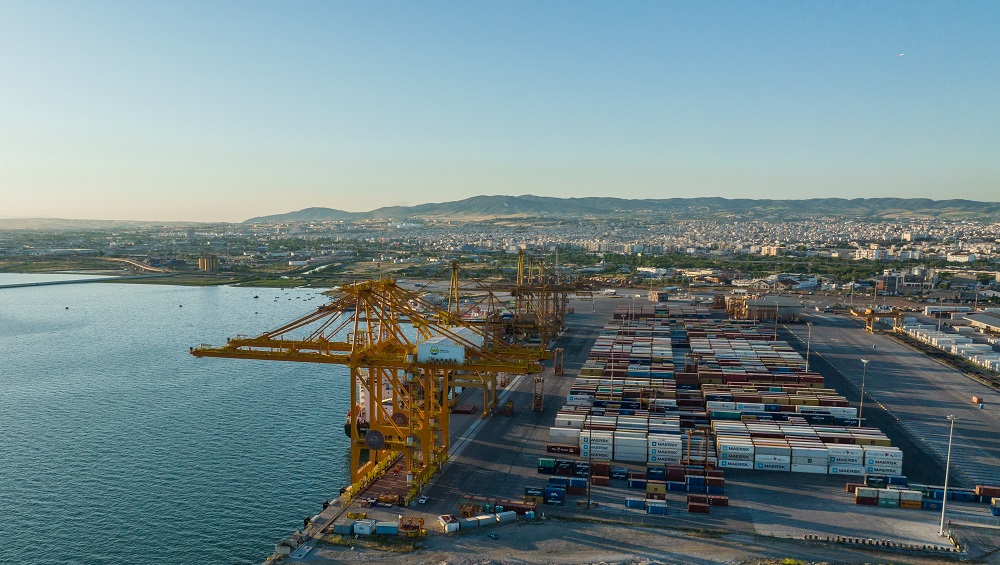
Get to know us Better
Sign up to our newsletter, so you can be the first to find out the latest news about us throughout the year.
By subscribing to our newsletter you agree to our Policy Terms.
